Subphylum Vertebrata Scientific name Eryx jayakari | Phylum Chordata Class Reptilia Suborder Serpentes Rank Species | |
 | ||
Similar Eryx, Gongylophis muelleri, Eryx miliaris, Eryx johnii, Eryx elegans | ||
Saudi arabian sand boa eryx jayakari 2
Eryx jayakari, known commonly as the Arabian sand boa or Jayakar's sand boa, is a species of snake in the Boidae family. It is endemic to the Arabian Peninsula and Iran where it spends the day buried in the sand.
Contents
- Saudi arabian sand boa eryx jayakari 2
- Kamel badawi eryx jayakari
- Etymology
- Description
- Geographic range
- Habitat
- Behaviour
- Diet
- Reproduction
- Conservation status
- References
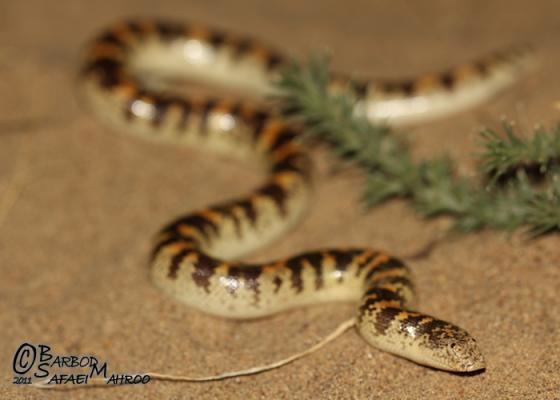
Kamel badawi eryx jayakari
Etymology
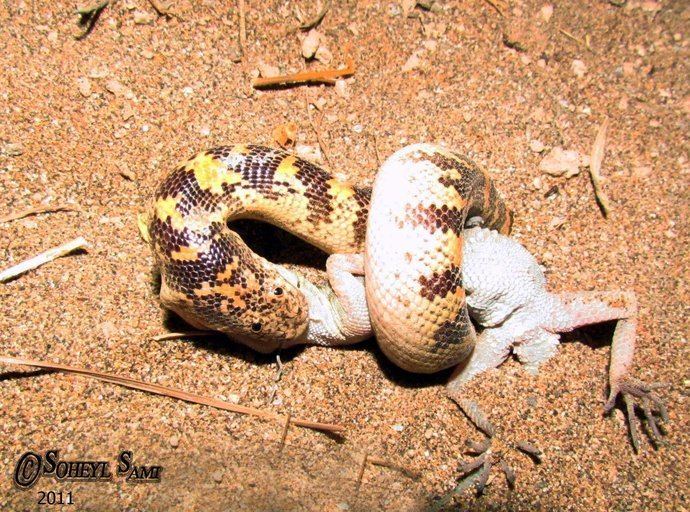
Both the specific name, jayakari, and one of the common names, Jayakar's sand boa, are in honor of Atmaran S. G. Jayakar (1844–1911), an Indian surgeon and naturalist.
Description
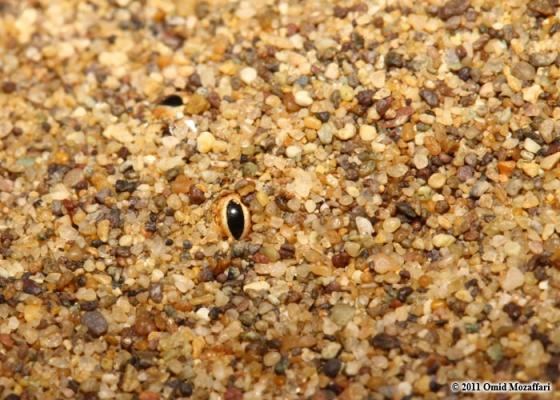
The Arabian sand boa is a small snake growing to a total length (including tail) of about 38 cm (15 in). The eyes are very small and are located on the top of the head, which has a blunt snout and is wedge-shaped. This snake's colour is yellowish-grey or sandy-brown speckled with white flecks and transversely banded with dark marks.
Geographic range
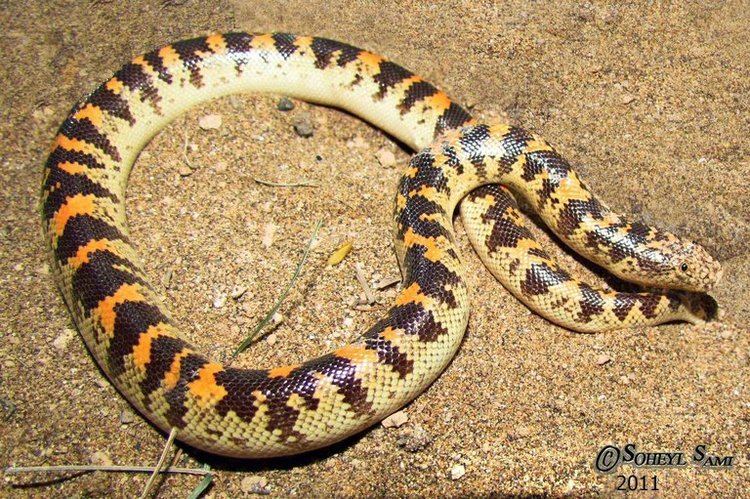
The Arabian sand boa is native to the Arabian peninsula. Its geographic range includes Saudi Arabia, Oman, Yemen, Kuwait, and southern Iran, where a small number of specimens have been found in Khuzestan Province, Bushahr Province and Kerman Province.
Habitat
Eryx jayakari is a desert species of snake, living semi-underground in sand or soft soil.
Behaviour
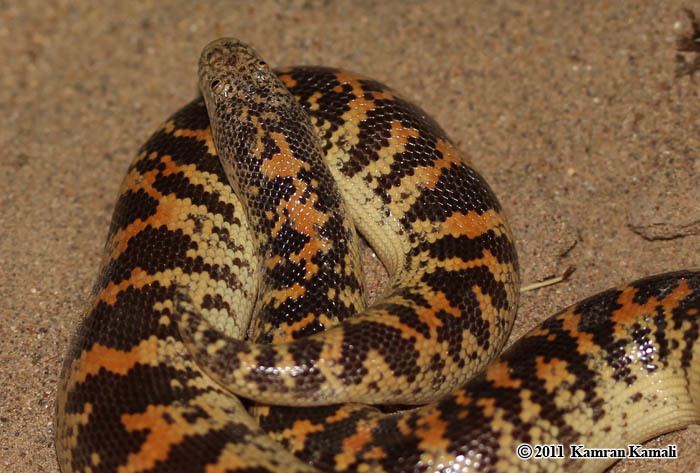
The Arabian sand boa is largely nocturnal and is tolerant of a wide range of temperatures. During the day it buries itself deep in the sand but moves towards the surface at dusk. Here it remains slightly below the surface with just its eyes projecting, ready to pounce with a sideways flick of its head, on any small creature that happens to pass.
Diet
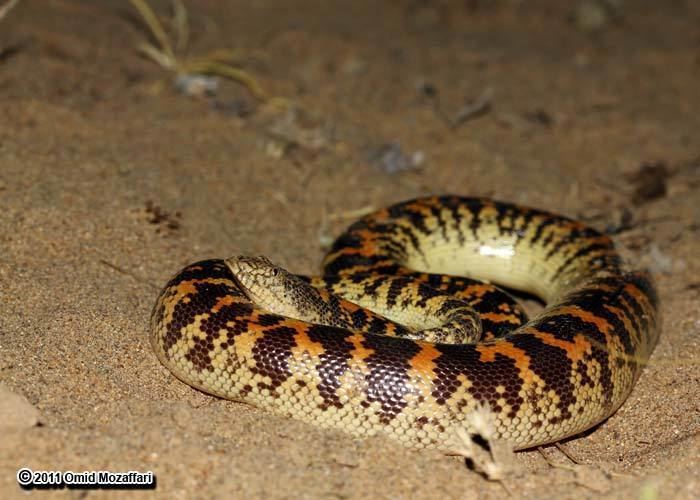
The diet of E. jayakari includes short-fingered geckos (Stenodactylus spp.), the Baluch rock gecko (Bunopus tuberculatus), and worm lizards.
Reproduction
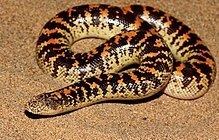
The female lays a small clutch of eggs which hatch in about 66 days at a temperature of 33 °C (91 °F).
Conservation status
The Arabian sand boa is listed by the IUCN as being of "Least Concern". This is because it has a very wide range, is common in at least parts of that range, and no particular threats have been identified.
